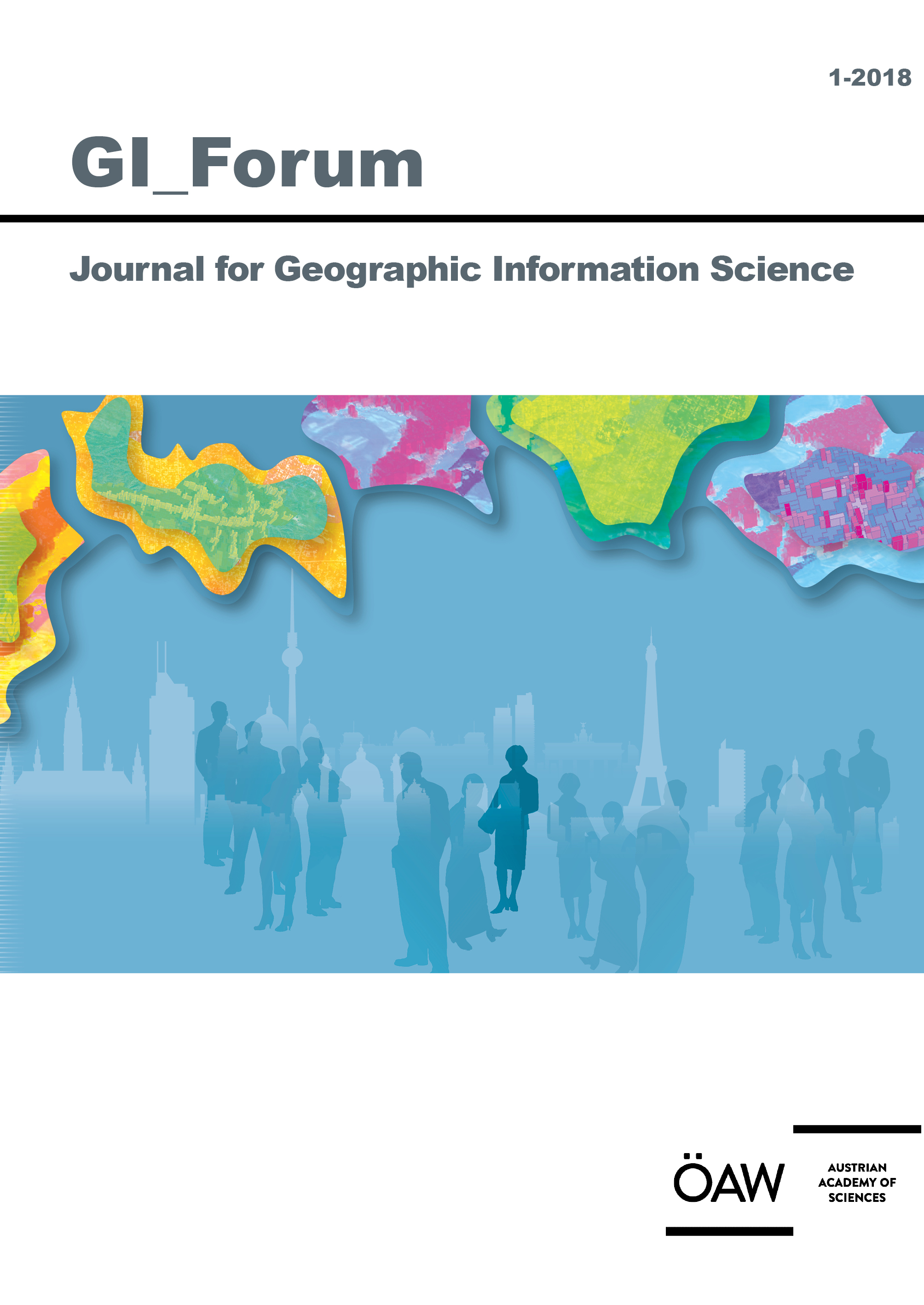
GI_Forum 2018, Volume 6, Issue 1, pp. 214-227, 2018/06/22
Journal for Geographic Information Science

Freely and openly available, remotely-sensed Earth observation (EO) data are rapidly developing in terms of increased geo-spatial resolution and temporal frequency. This type of data requires automated workflows for handling, processing and analysis, including methods to convert data into valid information. This study presents a proof-of-concept implementation of a generic, semantic EO data cube with automated daily integration and semantic enrichment of Sentinel-2 data. The paper focuses on the technical implementation of an automated dataflow that enables semantic queries in an EO data cube. It proposes a transferable analytical environment with analysis-ready data to facilitate research on replicable extraction of EO-based indicators. Application-independent semantic data cubes can facilitate monitoring of land cover changes and the development of transferable, generic EO-based indicators to support decision-makers in the humanitarian sector, and international initiatives, such as the United Nations’ Sustainable Development Goals. Syria was chosen as the study area because of the on-going conflict and humanitarian demand, paired with the relatively cloud-free climate’s suitability for optical EO time-series analysis.
Keywords: remote sensing, Big Earth Data, data cube, semantic enrichment, reproducible